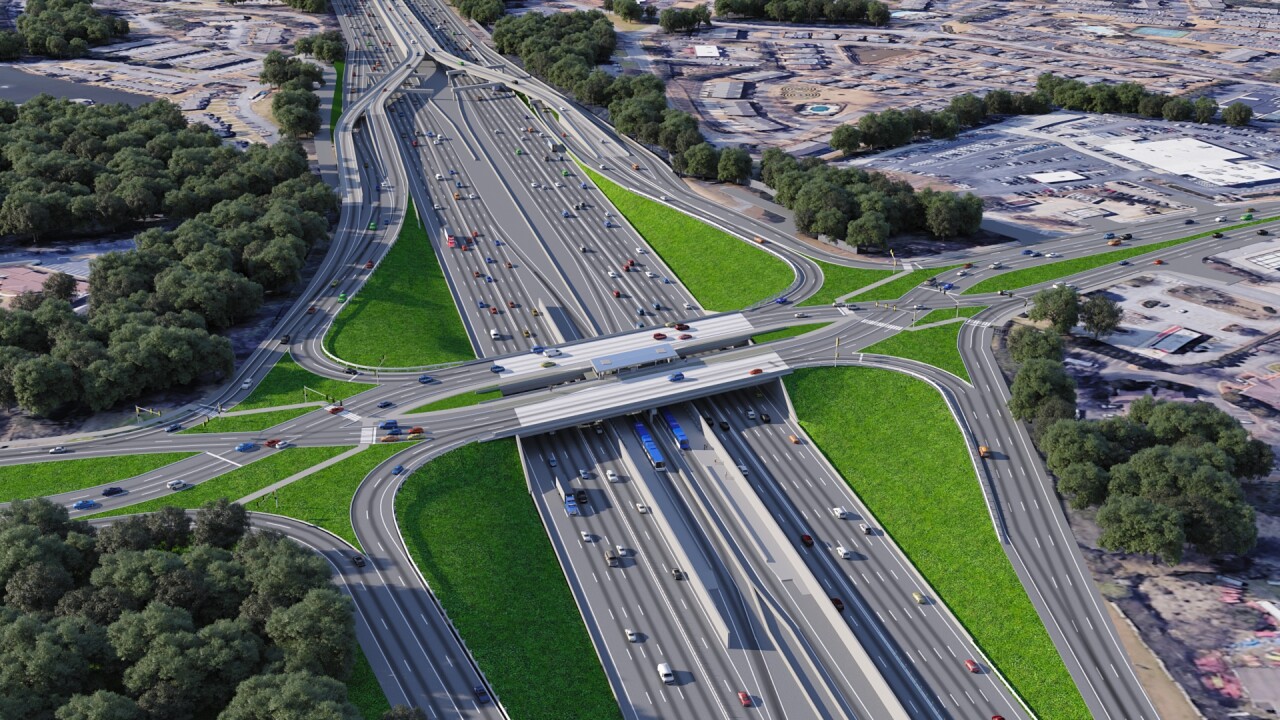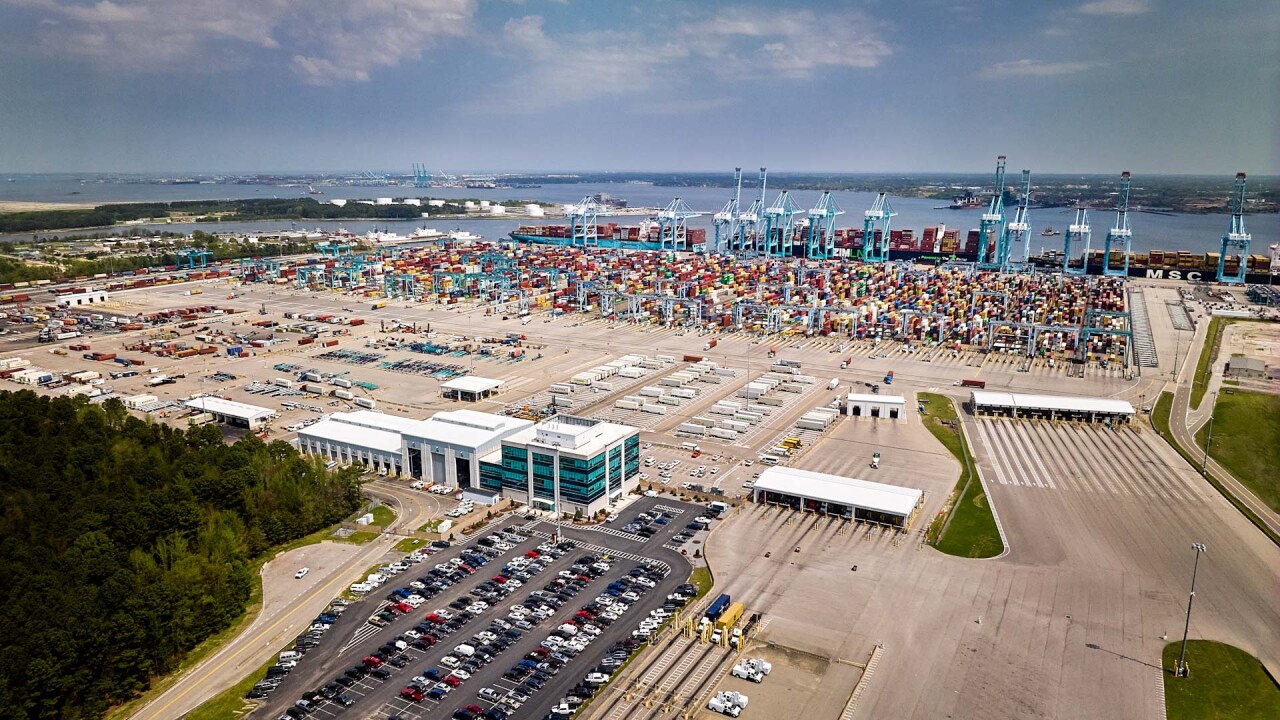
California faces an $18 billion budget deficit for 2026-27, an increase of $5 billion from the $13 billion anticipated when the budget was approved in June, according to the state Legislative Analyst's Office.
The LAO released on Wednesday its annual
"This is the fourth consecutive year of a budget problem, pointing to ongoing structural issues," Gabriel Petek, the state's legislative analyst, said during a press briefing.
The state's structural deficit is projected to worsen to $35 billion by fiscal 2027-28, which is higher than recent outlooks, Petek said.
"We have continued to try to stress that revenues are hard to predict in California," Petek said. "They could beat our forecast if the market continues to do well. If we have $30 billion to $35 billion in annual deficits, we need revenues to be twice that to grow out of this problem."
The expected $18 billion budget deficit for 2026-27 is a one-year shortfall caused by a combination of factors, including higher spending requirements under Proposition 98 (which requires education funding to rise if revenues increase) and Proposition 2 (which lifts the amount allocated to reserves on par with higher revenues), increased costs in other programs, and a mismatch between revenue growth and spending growth, Petek said.
Specifically, while revenue estimates have improved by $11 billion compared to the 2025-26 Budget Act, these gains are almost entirely offset by constitutional spending requirements and higher program costs, he said.
The structural deficit of $35 billion annually starting in 2027-28 reflects a longer-term imbalance between ongoing spending and revenue growth, he said.
This widening gap is driven by factors such as faster spending growth due to ramping costs from
Additionally, revenue growth remains below average, and the state has not fully adjusted its ongoing services to align with its reduced revenue capacity, according to the report. This persistent gap between spending and revenue levels results in larger structural deficits over time, the report shows.
The LAO's office has advised lawmakers for the past four years that they need to avoid new spending and come up with long term solutions, not resort to one-time spending fixes.
Petek, when asked if the LAO's office feels like its warnings are going unacknowledged, responded, "it reflects that a lot of what state government is providing are services for vulnerable populations, so it's difficult for policymakers to decide where to cut. It's not an easy choice they need to make."
When state revenues surged resulting in two years of
The LAO's office called the "lone bright spot," the double-digit increase in personal income tax collections, driven by "exuberance around AI pushing the stock market," the S&P 500 is up over 50% in the past two years, the report said.
Most of the increase has come from the "meteoric rise in the value of a handful of tech companies that investors believe will be major beneficiaries of recent advances in AI," the report said. "These companies have made big bets on AI, spending hundreds of dollars on data centers and offering extraordinary pay packages to recruit AI researchers."
"This spending, coupled with sizable gains to investors and tech company employees via stock options, is boosting state income tax receipts," the report said.
"It's time to take seriously the notion that the stock market may have overheated," Petek said.
The report compared what is occurring now to the tech crash of 2000, when venture capital flowed freely to all internet-based companies, creating a stock market bubble that burst.
"We are quite concerned about that," Petek said, though the LAO's forecast also isn't calling for a downturn. "Our outlook is premised on the risk of it happening versus it being the main assumption of our outlook."
The office looked at four indicators and compared them to previous downturns. Those included the percentage households have increased stock holdings, what returns they are accepting and how much borrowing has grown to purchase stocks — and all are indicating the market is overheated, he said.
Despite enthusiasm for AI, state data shows California tech employment has dropped off since 2022 and has not recovered, Petek said, suggesting job creation in the sector is not yet apparent.
Though revenues are up $11 billion from what was anticipated when the budget was approved in June, the LAO's office thinks that is a temporary bump because the gains are tied to "an unsustainable stock market," according to the report. The gains are also going to be offset by mandatory spending increases of $7 billion directed to education under Proposition 98 requirements and $3.4 billion headed to reserves under the Proposition 2 requirement. There is also an estimated $6 billion in higher costs expected from other programs, according to the report.
"We advise the Legislature to address the budget problem through a combination of ongoing solutions — namely, achievable spending reductions and/or revenue increases," the LAO report said.
The state has already used up much of its budgetary resiliency tools, reserves are at $14 billion, but budgetary borrowing is $22 billion.
The budgetary borrowing coming from interfund borrowing will need to be repaid, Petek said.
Budgetary borrowing — described in an earlier report as the state's wall of debt, a term coined by former Gov. Jerry Brown — at $22 billion has not reached the $35 billion level it had reached when Brown took office, Petek said.
"The budget was smaller then," Petek said. "We are not at that level, but that was an amount accumulated coming out of the Great Recession. This is being accumulated in the absence of a recession — and it has been increasing in the last few years."
The state's "





